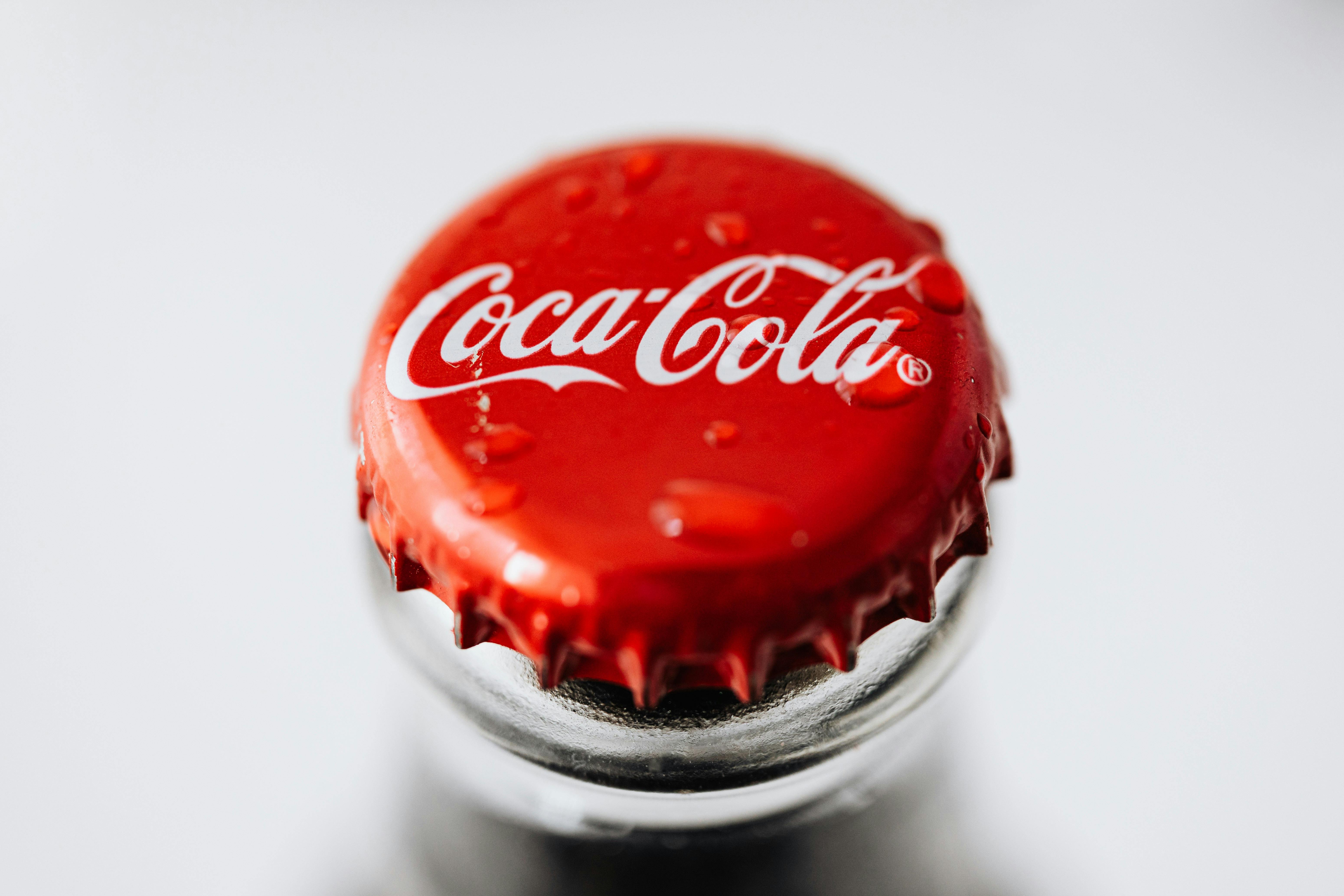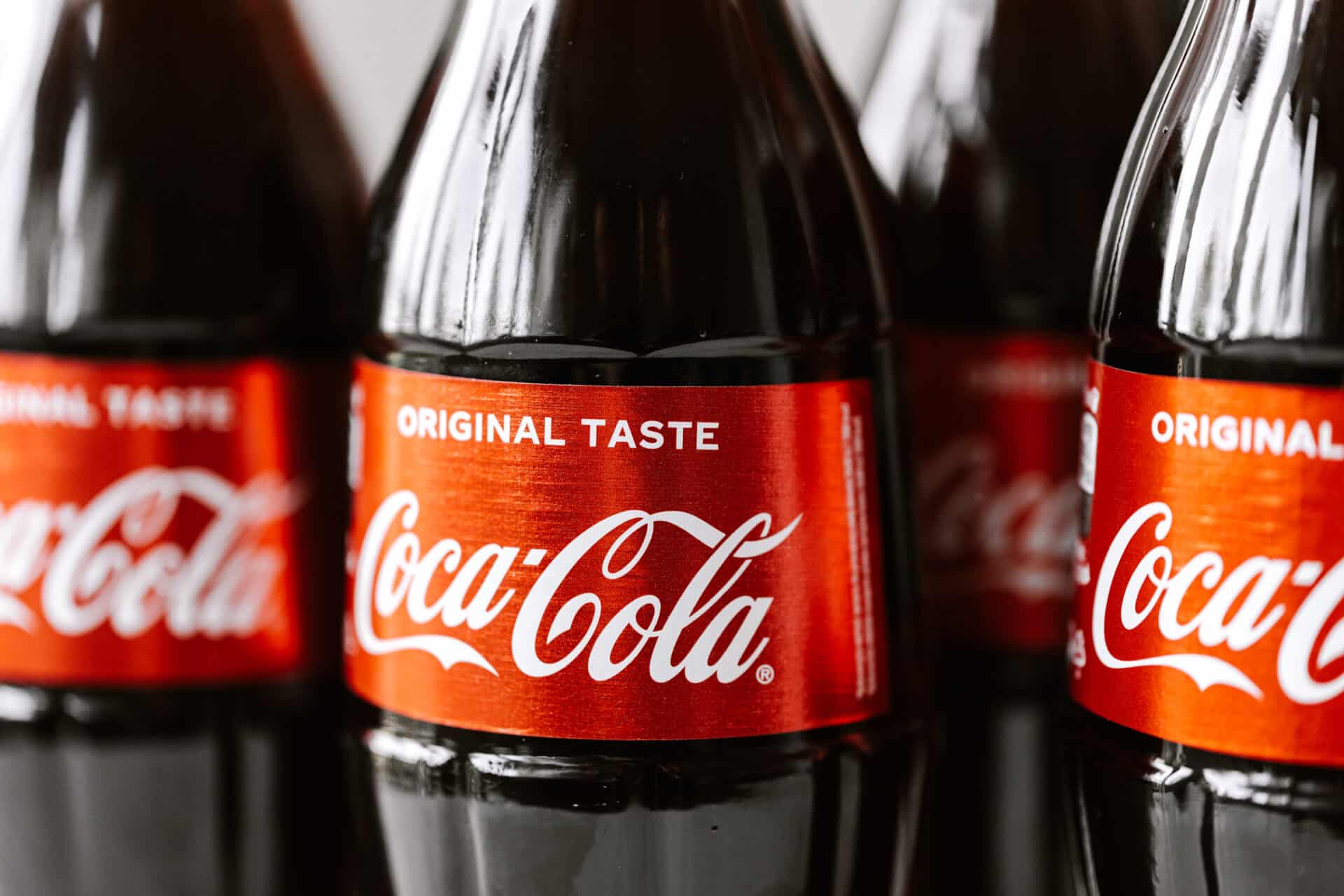Do you ever wonder if all water tastes the same? Water is essential to life, and it’s no surprise that we consume it every day. But does all water taste the same? It turns out that the answer is a bit more complicated than you may think. In this article, we’ll explore the factors that influence how water tastes and what makes two glasses of water taste different from one another.Yes, water can taste different depending on its source. For example, water from a well or spring may have a slightly different taste than water from a municipal water system. Additionally, the minerals in the water may influence its taste. For instance, water with higher levels of calcium and magnesium may have a slightly sweet or metallic taste.
Water Quality
Water quality plays an important role in the taste of water. Depending on where the water comes from, it can contain a variety of different substances and minerals. Many of these substances can affect the taste of the water, either positively or negatively. This is why it is important to regularly test drinking water for contaminants and other potential pollutants. Water that is contaminated with heavy metals, chemicals, or other pollutants can have an unpleasant taste and odor.
Temperature
The temperature of water can also affect its taste. Colder water will generally have a crisper, more refreshing taste than warmer water. Colder temperatures also help to bring out the natural flavors of other beverages, such as tea and coffee.
Minerals
The minerals in water can also affect its taste. Calcium, magnesium, sodium, and other minerals are naturally present in most drinking water sources and can give it a distinct flavor. Harder waters tend to have a stronger mineral flavor than softer waters because they contain higher levels of these minerals.
pH Level
The pH level of water is another factor that affects its taste. Water with a higher pH level tends to be more alkaline and tastes bitter or soapy. Water with a lower pH level tends to be more acidic and has a sour or metallic taste.
Chlorine
Chlorine is often added to drinking water supplies as a disinfectant in order to kill bacteria and other microorganisms that could cause illness if ingested. Unfortunately, chlorine can also add an unpleasant taste and odor to the water if present in large amounts.
Overall, there are many factors that can affect the taste of drinking water including quality, temperature, minerals, pH levels, and chlorine levels. It is important to ensure that your drinking water is regularly tested for contaminants so you can enjoy fresh tasting clean drinking water every time!
Natural Sources of Water
Water is essential for life and it is obtained from a variety of sources. Natural sources of water include oceans, rivers, lakes, streams, ponds, glaciers, wells and springs.
Oceans are the largest source of water on our planet and they cover nearly 70% of the Earth’s surface. They provide us with saltwater that can be evaporated to produce drinking water or used in other ways.
Rivers are a major source of fresh water on Earth and they form large networks that can be used to irrigate large areas. They also provide habitats for aquatic life and are important for transportation.
Lakes are large bodies of freshwater that are surrounded by land and can be used as sources for drinking water or irrigation. They also offer recreational opportunities such as swimming, fishing and boating.
Streams are smaller bodies of flowing water that originate from rivers or lakes and eventually empty into larger bodies such as oceans or lakes. They are important sources of habitat for aquatic life as well as providing fresh drinking water in many places around the world.
Ponds are small bodies of standing water that are often found in rural areas and can be used to provide habitat for wildlife or irrigation for crops. Many ponds also serve as a source for drinking water in some parts of the world.
Glaciers are large masses of ice found primarily in mountainous regions around the world that slowly move downhill under their own weight and eventually melt into rivers or oceans. Glaciers provide us with an important source of fresh drinking water in many parts of the world.
Wells are man-made structures drilled deep into the ground to access groundwater which is then used for drinking, irrigation or other purposes depending on its quality. Wells can range from simple hand-dug structures to more elaborate ones equipped with pumps or other technology depending on their purpose.
Finally, springs are natural outlets where underground aquifers flow out onto the surface providing us with an important source of freshwater in many parts of the world where other sources may not be available. Springs can also serve as habitats for aquatic life such as fish or amphibians and provide recreational opportunities such as swimming, fishing or boating depending on their size and location.
Contaminants that Affect the Taste of Water
Water is essential for life, but if it tastes bad, it can be difficult to drink. Contaminants in water can affect its taste and make it unpleasant to drink. Common contaminants that affect the taste of water include chlorine, iron, manganese, sulfates, hydrogen sulfide, and nitrates.
Chlorine is a chemical that is often added to municipal water supplies to disinfect it and reduce the risk of disease-causing bacteria from entering the water supply. While chlorine can help keep our drinking water safe from harmful bacteria, it can also give the water a strong chlorine taste.
Iron is another common contaminant found in drinking water. Iron can give water an unpleasant metallic taste or cause a reddish-brown tint to your tap water. Iron can also leave behind deposits that may clog fixtures or darken laundry over time.
Manganese is another metal found in many drinking waters and can cause dark brown or black stains on fixtures and laundry. It also has an unpleasant metallic taste that is difficult to remove with filtration systems.
Sulfates are commonly found in groundwater sources and can make water taste salty or bitter. The presence of sulfates may indicate the presence of other contaminants as well, such as heavy metals like lead and copper.
Hydrogen sulfide gas produces a distinct “rotten egg” smell which makes the water taste bad. This gas may be more noticeable when hot beverages are made with this type of contaminated water because the heat accelerates the release of hydrogen sulfide gas into the air.
Nitrates are commonly found in groundwater sources due to runoff from agricultural fields or septic systems leaking into groundwater sources near wells and springs used for drinking water supplies. Nitrates can cause a variety of health problems including blue baby syndrome in infants if consumed above certain levels set by health officials.
It’s important to be aware of these common contaminants that affect the taste of your drinking water so you know what you’re drinking and whether it’s safe for consumption!
What is Purified and Distilled Water?
Purified and distilled water is a type of water that has been processed to remove impurities, such as chemicals, minerals, and other contaminants. The process involves boiling the water and collecting the resulting steam in a separate container, leaving behind any contaminants in the original container. The resulting product is then cooled and bottled for drinking. Purified and distilled water is considered to be one of the purest forms of drinking water available. It has been used for centuries as a source of safe drinking water.
Benefits of Purified and Distilled Water
Purified and distilled water has many benefits over regular tap or filtered water. One of its main advantages is that it does not contain any impurities or contaminants such as chlorine, lead, or other heavy metals that can be found in some tap waters. It also does not contain any bacteria or viruses that can cause illnesses when ingested. Additionally, purified and distilled water can help reduce mineral build-up in plumbing systems by removing minerals that can accumulate over time. Finally, it tastes much cleaner than regular tap or filtered water because it contains no additives or contaminants.
Uses of Purified and Distilled Water
Purified and distilled water has a wide range of uses including drinking, cooking, cleaning, medical purposes such as dialysis treatment, aquarium use, car batteries, humidifiers, ice makers, steam irons, hot tubs/spas/pools etc., even industrial uses such as cooling towers/boilers etc., photographic film production etc. As it does not contain any impurities which may affect its properties like taste smell etc., it is also used by pharmaceutical companies for making medicines in sterile environment like operating theaters etc., food industry for baking breads cakes etc., laboratories for research on animals plants etc., beverages industry for soft drink production etc.

The Effects of Minerals in Water on Its Taste
The presence of minerals in water can have a significant impact on its taste. Minerals such as calcium, sodium, and magnesium are essential for human health and are commonly found in drinking water. They can also affect the taste and odor of water. In general, hard water tastes better than soft water because it has more minerals. Hard water tends to have a slightly sweet or metallic taste due to the presence of minerals. Soft water, on the other hand, often has a flat or slightly salty taste because it is lower in minerals.
Different types of minerals can also affect the taste and odor of drinking water. For instance, iron causes a metallic taste, while manganese gives water a musty odor. Sulfur can give off an unpleasant “rotten egg” odor and taste, while chlorine is associated with an unpleasant chemical-like smell and taste. Other common minerals that affect the taste of drinking water include magnesium, calcium, potassium, and sodium.
In addition to affecting the flavor of drinking water, some minerals may also be harmful to health if present in large concentrations. For example, high levels of lead or arsenic can cause serious illnesses if ingested over a long period of time. It is therefore important to ensure that all drinking water meets safety standards set by local governments or other organizations.
To improve the taste and odor of drinking water that contains high levels of certain minerals, some people opt for filtration systems such as reverse osmosis systems or carbon filters. These systems are designed to remove impurities from the drinking water before it is consumed by humans or animals. By removing impurities such as chlorine and other chemicals from drinking water, these filtration systems can significantly improve its quality and improve its overall flavor.
In conclusion, different types of minerals in drinking water can have an effect on its flavor and odor. Harder waters tend to have a better flavor than softer waters because they contain more minerals; however, certain types of minerals may be harmful if present in large amounts over time. To improve the quality and flavor of drinking water that contains high levels of certain minerals, filtration systems may be used to remove impurities from the source before consumption.

